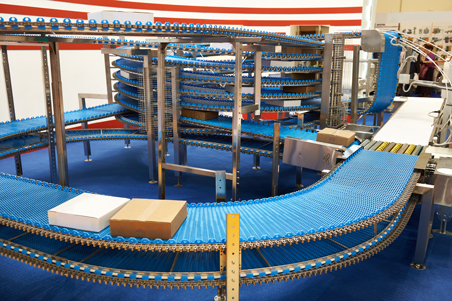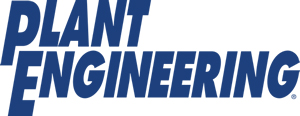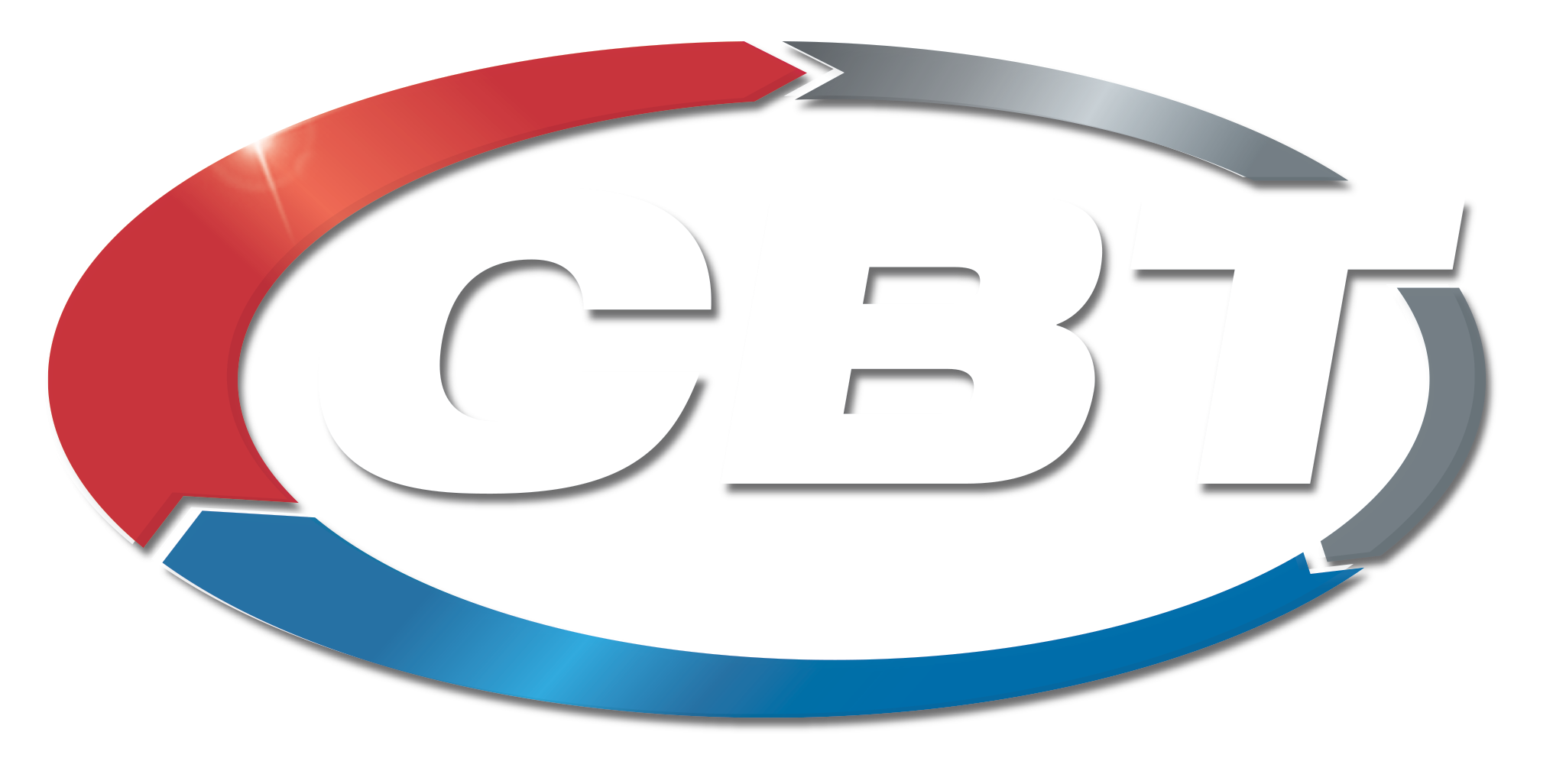
Preventing machine failures with a maintenance plan is key; this is especially true for the conveyor, the workhorse of manufacturing.
Routine maintenance will help protect this investment, but regular maintenance will help ensure the safety of those working around the conveyor. It also can keep the line running and ensure the reliability of not only the conveyor system, but of the supply chain it serves.
When conveyors are not properly maintained, any number of undesirable outcomes are possible. And it is for all of these reasons that not only preventative but also predictive conveyor maintenance need to be considered.
Maintenance strategies
Preventive maintenance (PM) and predictive maintenance (PdM) are designed to keep a business profitable, and are both achieved when adhering to these three basic principles:
- Maintain equipment, in this case the conveyor, in as close to brand-new condition as possible
- Maintain the conveyor in the best possible condition for producing top quality parts/product
- Complete all PM and PdM work on a regular schedule, without exceeding the point of diminishing return when accounting for all labor, tools, and parts.
The difference between PM and PdM lies in how the maintenance is carried out. PM is carried out when the conveyor is shut down and PdM often is carried out while the conveyor is running; although this is not true for all PdM tasks.
While PdM is carried out according to the run-time of the conveyor, PM occurs regardless of whether or not the conveyor’s expected run-time has been met in a predetermined interval. PdM also may require investments in diagnostic testing and equipment, whereas PM requires the investment to be made in skilled labor and any necessary tools and materials.
It often is necessary to employ both PM and PdM measures as part of a total maintenance plan (TMP). Whether or not a company has a TMP or prefers PM over PdM, some sort of comprehensive maintenance plan should be followed. This will allow manufacturing facilities to move past the reactive maintenance that occurs when equipment fails and must be replaced.
Conveyor maintenance plans
Conveyor and conveyor component lifecycles in a manufacturing plant are affected by many external factors. These can include:
- Ambient temperature and humidity conditions
- Air quality and cleanliness of the facility
- Initial installation of the conveyor
- The duty-cycle of the conveyor.
 However, the type of conveyor being employed is the single biggest factor in a maintenance plan. A gravity roller conveyor is far less complex and contains far fewer parts than a dual-strand pallet-handling conveyor system.
However, the type of conveyor being employed is the single biggest factor in a maintenance plan. A gravity roller conveyor is far less complex and contains far fewer parts than a dual-strand pallet-handling conveyor system.
Regardless of how simple or complex the conveyor system, an operating manual or maintenance manual should have been supplied with the conveyor. If this documentation cannot be located, the original equipment manufacturer or their authorized distributor should be able to provide a copy. Within this manual are instructions on how to properly care for the conveyor, based on the manufacturer’s experience. It is also commonplace for conveyor manufacturers to include operating manuals for third-party pieces of equipment which are mounted to the conveyor, including, but not limited to: motors, belts, and photoelectric sensors. If there are any pieces of equipment on the conveyor which are not covered in the manuals provided, then copies of the related documentation should be requested from the supplier.
All of these manuals, when taken together, will provide the big picture PM requires for the conveyor. However, as mentioned before, conveyor type is not the only factor in the required PM. The other factor is the setting in which the conveyor is being used. Sometimes it is this second factor, setting, that has a larger influence on the PM schedule than what is recommended by the conveyor manufacturer.
Assess the environment
All aspects of the environment should be considered when developing a TMP, along with the recommended PM schedule provided by the conveyor manufacturer. It should be noted that conveyors used in special environments, including outdoors, food processing facilities, and cleanrooms, may require additional maintenance checks beyond what the manufacturer recommends.
The environment in which the conveyor is operating also will affect the PdM. By employing the use of a PdM schedule, the bigger picture of what is happening internally with the conveyor will be revealed. Performing a vibration analysis on the conveyor while it is running will provide excellent feedback about not only the conveyor connections but also how frequently a belt may need to be re-tracked. Analyzing the oil in the motor and drive train can provide insight into how often the oil level needs to be adjusted or changed, and how frequently chain drives may need to be lubricated.
Having the air in the operating facility analyzed, particularly in the very near vicinity of the conveyor, also can be part of creating a PdM. This will provide data on any abrasive particulates present which may affect any wearstrips and the conveying medium. This analysis can provide insight into temperature and humidity conditions. Both issues may impact the lifecycle of the plastic components used on the conveyor, as well as possible rusting of any non-treated steel surfaces.
Develop a plan
Developing a maintenance plan will be dependent largely on the type of conveyor, the conveyor manufacturer’s instruction, and the facility in which the conveyor is installed. Each TMP will affected by the company culture of the facility as well. Some facilities may not be in a position or mindset to adopt PdM, whereas in other facilities PdM is the law of the land.
If the conveyor that is to be serviced is not identifiable or the manual is not available, it may be necessary to develop a PM schedule from scratch. In that case, the following conveyor components each should be inspected and the conditions noted:
- Bearings: Are they fully sealed or do they require lubrication? Are they operating properly, or do they need to be replaced? Are they free of debris?
- Motor: Is the motor amp draw in-line with the stated specifications on the motor’s nameplate? Is the motor too hot to touch? Does the motor require oil to be added to it?
- Rollers, drums, sprockets: Are these components in fully working order? Do they show any signs of wear? Do they require lubrication?
- Belting (conveyor medium): Is the belt tracking and tensioned in the correct fashion? Is it able to move the product without stalling?
- Belting (drive train): Are the belts (timing, v-belt, o-ring) in good working order? Are they tensioned properly?
- Wear surfaces (including wearstrips, slider beds, metal and plastic): Are they secured to the conveyor frame fully? Is any wear visible?
- Accessories: Are things such as controllers, photoeyes, belt scrapers, and brushes working as they should be? Do these items show signs of wear or need replacement?
The last component of the maintenance plan is the “who.” Who will be responsible for developing and implanting the plan? Who will perform the maintenance work? All maintenance work should be performed by qualified individuals. In the event the facility that houses the conveyor does not have a qualified person on staff to perform the work, then this can be contracted out. Many conveyor companies and integrators are able to provide these services at a fee, and many also are able to offer training.
Maintaining the conveyor in proper working order, by implementing and following a TMP schedule, will help ensure the conveyor continues to act as a backbone of the facility.
AUTHOR
Katie Nadeau: Katie began her tenure with MK North America as a mechanical engineer specializing in conveyor design. Currently, she’s MK’s Marketing Manager.
See the original article and more at Plant Engineering.












